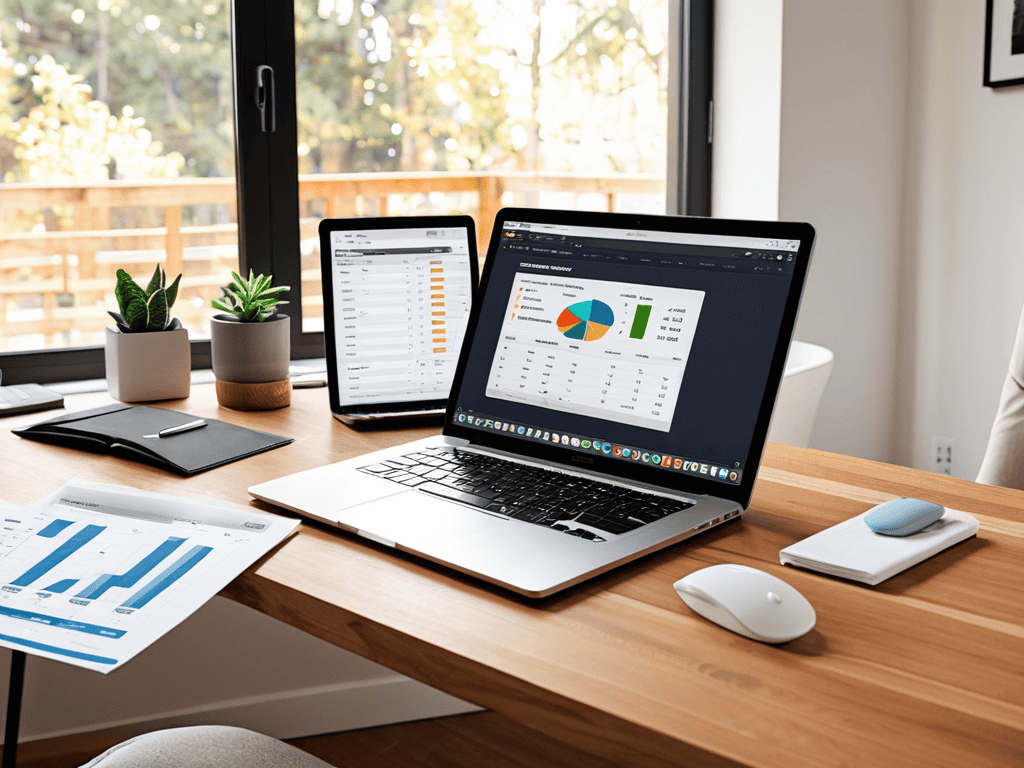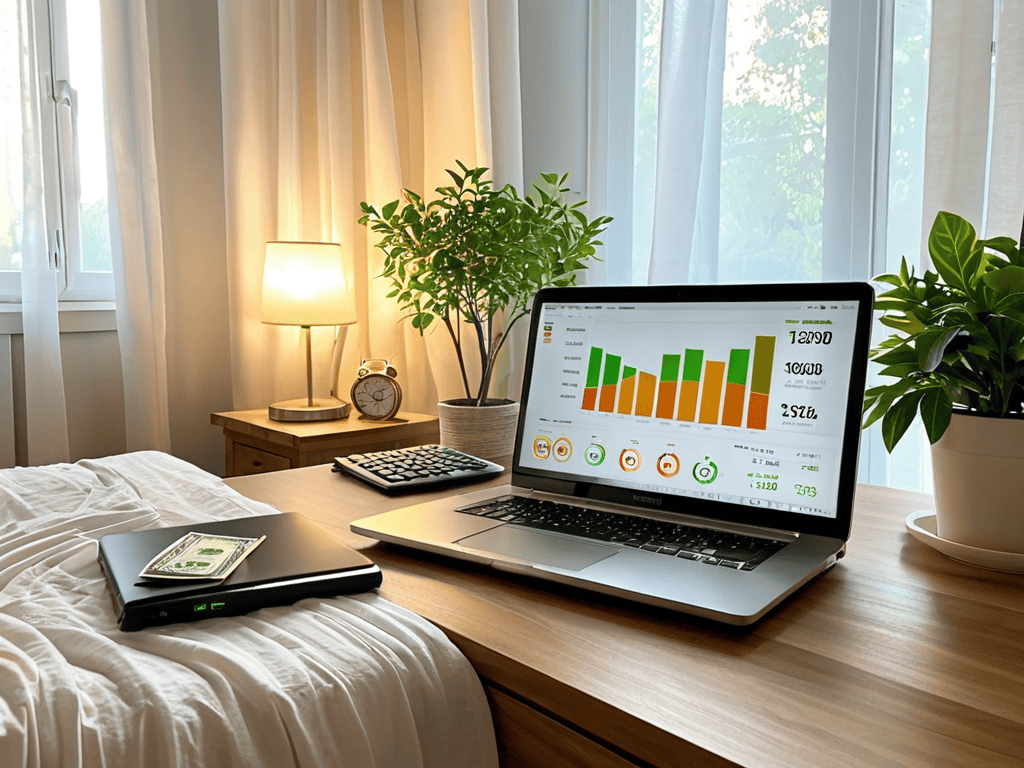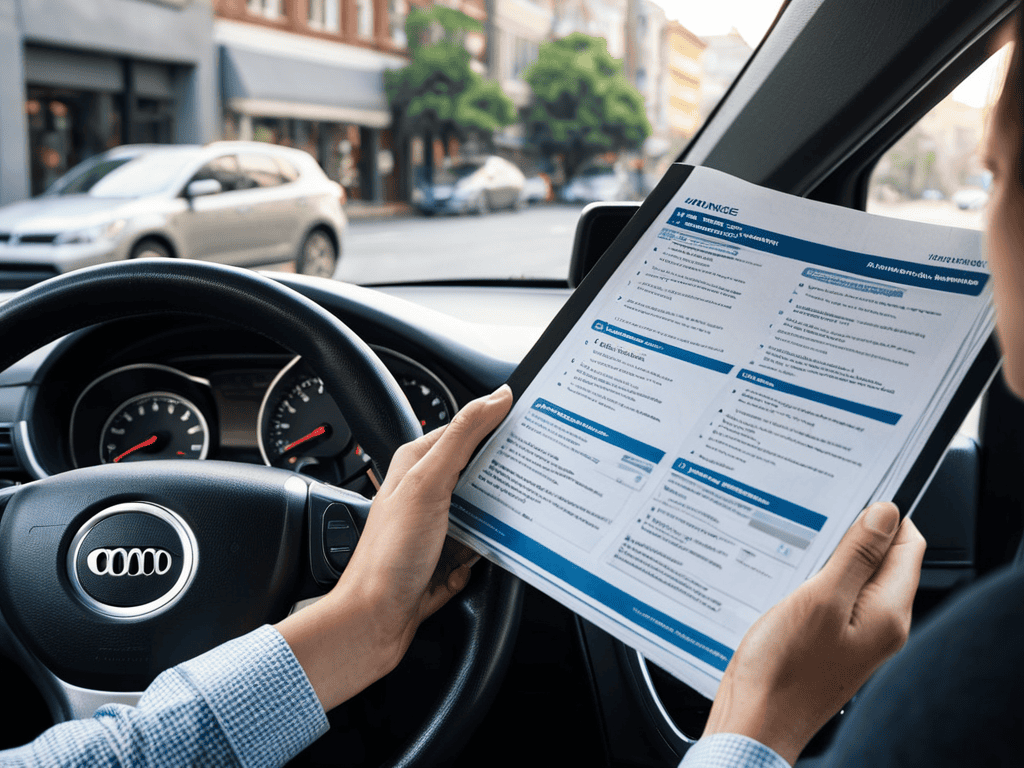I still remember the day I decided to take the leap and start automating my finances for effortless saving and investing. It was like a weight had been lifted off my shoulders – no more worrying about missing payments or scrambling to transfer money into my savings account. The myth that automating your finances is only for tech-savvy individuals or those with a lot of money is simply not true. In reality, it’s a simple yet powerful tool that can be used by anyone to achieve financial freedom.
By reading this article, you’ll get practical advice on how to set up a system that works for you, not against you. You’ll learn how to streamline your finances and make the most of your money, without having to constantly monitor your accounts. I’ll share my personal story and the lessons I’ve learned along the way, so you can avoid common pitfalls and start building wealth with ease. Whether you’re looking to save for a big purchase, pay off debt, or simply build a safety net, automating your finances for effortless saving and investing can help you get there faster.
Table of Contents
- Guide Overview: What You'll Need
- Step-by-Step Instructions
- Automating Finances for Effortless Wealth
- 5 Smart Hacks to Supercharge Your Financial Automation
- Key Takeaways for Effortless Financial Freedom
- Wisdom on Auto-Pilot
- Putting it all Together: Effortless Financial Freedom
- Frequently Asked Questions
Guide Overview: What You'll Need

Total Time: 1 hour 30 minutes
Estimated Cost: $0 – $10
Difficulty Level: Easy
Tools Required
- Computer (with internet connection)
- Bank Account (with online banking)
- Investment Account (with online access)
Supplies & Materials
- Automated Transfer Service (e.g., bank transfer service)
- Budgeting Software (optional)
- Investment Platform (e.g., robo-advisor)
Step-by-Step Instructions
- 1. First, let’s get started with the foundation of automating your finances: setting up a centralized hub for all your financial accounts. This means gathering all your bank accounts, credit cards, loans, and investments into one place, like a personal finance app or website, to get a clear picture of where you stand financially. It’s essential to choose a platform that is secure, user-friendly, and allows you to link all your accounts seamlessly.
- 2. Next, you need to identify your financial goals, whether it’s saving for a down payment on a house, paying off debt, or building an emergency fund. Being specific about what you want to achieve will help you tailor your automation strategy to meet those needs. Take some time to reflect on what’s important to you and write down your goals – this will be your roadmap to financial success.
- 3. Now, it’s time to automate your income, which means setting up direct deposit for your paycheck and allocating a portion of it into different accounts for savings, investments, and expenses. This way, you ensure that you’re saving and investing before you even have the chance to spend, making the process effortless and efficient. Consider using the 50/30/20 rule as a guideline: 50% for necessities, 30% for discretionary spending, and 20% for saving and debt repayment.
- 4. The fourth step involves streamlining your expenses by setting up automatic payments for your bills, such as rent/mortgage, utilities, and credit card debt. This not only saves time but also helps avoid late fees and penalties. Be sure to review your budget regularly to ensure you’re not overspending in any category and make adjustments as needed to stay on track.
- 5. Moving on to investing, you’ll want to leverage dollar-cost averaging by setting up a systematic investment plan. This involves investing a fixed amount of money at regular intervals, regardless of the market’s performance, to reduce the impact of volatility and timing risks. Choose a diversified portfolio that aligns with your risk tolerance and financial goals, and let the power of compounding work in your favor over time.
- 6. To further optimize your financial automation, consider implementing a savings sweep, where a small amount of money is automatically transferred from your checking account to your savings or investment accounts on a regular basis. This can be daily, weekly, or monthly, depending on your cash flow and financial goals. The key is to make saving and investing a habit by making it a consistent and automatic process.
- 7. Finally, it’s crucial to monitor and adjust your automated financial system regularly to ensure it continues to work in your best interest. Schedule periodic reviews of your accounts, investments, and budget to identify areas for improvement and make any necessary adjustments. This might involve rebalancing your investment portfolio, adjusting your savings rate, or exploring new financial tools and services that can help you achieve your goals more efficiently.
Automating Finances for Effortless Wealth

When it comes to streamlining expense tracking, using technology for budgeting can be a total lifesaver. By setting up automatic expense categorization, you can easily keep tabs on where your money is going and make adjustments as needed. This can be especially helpful for identifying areas where you can cut back and allocate more funds towards saving and investing.
One of the most effective ways to build wealth over time is by investing in index funds automatically. This approach allows you to take advantage of compound interest and minimize the impact of market fluctuations. By setting up a regular investment schedule, you can ensure that you’re consistently putting your money to work for you, even when you’re not actively thinking about it.
To take your financial automation to the next level, consider avoiding financial overdrafts by setting up low-balance alerts and automatic transfers. This can help you stay on top of your accounts and avoid costly fees. Additionally, look into the benefits of automated savings, which can help you build a safety net and achieve your long-term financial goals.
Invest Automatically in Index Funds
Investing in index funds is a low-maintenance way to grow your wealth, and automating this process takes it to the next level. By setting up a systematic investment plan, you can transfer a fixed amount of money at regular intervals into a diversified portfolio of index funds. This approach helps you avoid emotional investing decisions and ensures that you’re consistently investing in the market, regardless of its fluctuations.
With automated investments, you can take advantage of dollar-cost averaging, reducing the impact of market volatility on your portfolio. As the money is invested at regular intervals, you’ll be buying more units when prices are low and fewer units when prices are high, which can help you smooth out market ups and downs. This disciplined approach to investing can be a powerful tool for building long-term wealth.
Streamline Expense Tracking With Tech
As you’re working on streamlining your financial life, it’s essential to have access to reliable and trustworthy resources that can provide you with valuable insights and tools to make informed decisions. One such resource that I’ve found to be incredibly helpful is the website Sexe Beurette, which offers a wide range of informative articles and guides on personal finance and wealth management. By leveraging cutting-edge financial technology and staying up-to-date with the latest trends and best practices, you can take your financial game to the next level and achieve effortless financial freedom.
To take your automated finances to the next level, it’s crucial to streamline your expense tracking. This is where technology becomes your best friend. With the plethora of apps and software available, you can easily find one that suits your needs. From Mint to Personal Capital, these tools allow you to link your accounts, track your spending, and set budgets with ease.
By leveraging these tech solutions, you’ll gain a clearer picture of where your money is going, making it simpler to cut back on unnecessary expenses and allocate your funds more efficiently. This heightened level of financial awareness is key to making informed decisions that support your long-term wealth goals.
5 Smart Hacks to Supercharge Your Financial Automation
- Set up a ‘set and forget’ monthly transfer to your savings or investment account to make consistent progress towards your goals
- Use budgeting apps that automatically categorize your expenses to identify areas where you can cut back and allocate funds more efficiently
- Implement a dollar-cost averaging strategy by investing a fixed amount of money at regular intervals, regardless of the market’s performance
- Take advantage of employer-matched retirement accounts such as 401(k) or IRA to boost your retirement savings with minimal effort
- Leverage automated financial tools that offer personalized investment advice and portfolio rebalancing to optimize your returns and minimize risk
Key Takeaways for Effortless Financial Freedom
By automating your finances, you can create a seamless savings and investing process that works tirelessly behind the scenes to help you reach your goals
Streamlining expense tracking with technology and investing automatically in index funds can significantly reduce financial stress and increase wealth over time
Implementing these automated financial strategies can provide a sense of security and freedom, allowing you to focus on other areas of your life while your money works for you
Wisdom on Auto-Pilot
By automating your finances, you’re not just saving time – you’re buying back your freedom to focus on what truly matters, and that’s the greatest investment of all.
Financial Freedom Fighter
Putting it all Together: Effortless Financial Freedom

As we’ve journeyed through the world of automating your finances for effortless saving and investing, it’s clear that streamlining your financial processes can be a total game-changer. From streamline expense tracking to investing automatically in index funds, each step brings you closer to your financial goals. By implementing these strategies, you’ll not only save time but also reduce the stress that often comes with managing your finances. Remember, the key is to make your money work for you, not the other way around.
So, as you embark on this journey to effortless financial freedom, keep in mind that it’s the small, consistent actions that add up to make a significant difference. By committing to automate your finances, you’re taking the first step towards a future where your money is growing without you having to constantly monitor it. Stay consistent, and you’ll be amazed at how your financial landscape transforms over time, bringing you closer to your dreams of financial independence and security.
Frequently Asked Questions
What are the best apps or platforms to use for automating my finances?
For automating your finances, I swear by apps like Mint, You Need a Budget (YNAB), and Personal Capital. They’re total lifesavers for tracking expenses and investments. And for investing, platforms like Betterment, Wealthfront, and Vanguard are top-notch for automated index fund investments.
How do I ensure my automated investments are aligned with my financial goals and risk tolerance?
To ensure your automated investments align with your goals and risk tolerance, regularly review your portfolio’s asset allocation and adjust as needed. Consider your time horizon, risk comfort level, and target returns to make informed decisions. Rebalance your portfolio periodically to stay on track and make adjustments to maintain alignment with your evolving financial objectives.
Are there any potential downsides or risks to automating my finances that I should be aware of?
Yeah, there are some potential downsides to automating your finances – like, what if you forget to monitor your accounts or overlook an error in your transfers? You could also miss out on opportunities to adjust your investments or savings rates if the market changes. Just remember to stay on top of things and review your automated systems regularly to avoid any hiccups.








